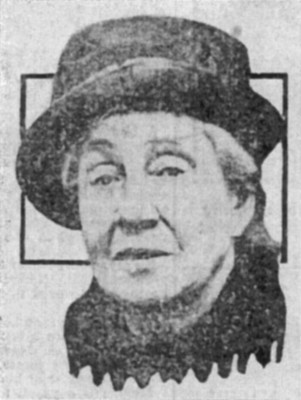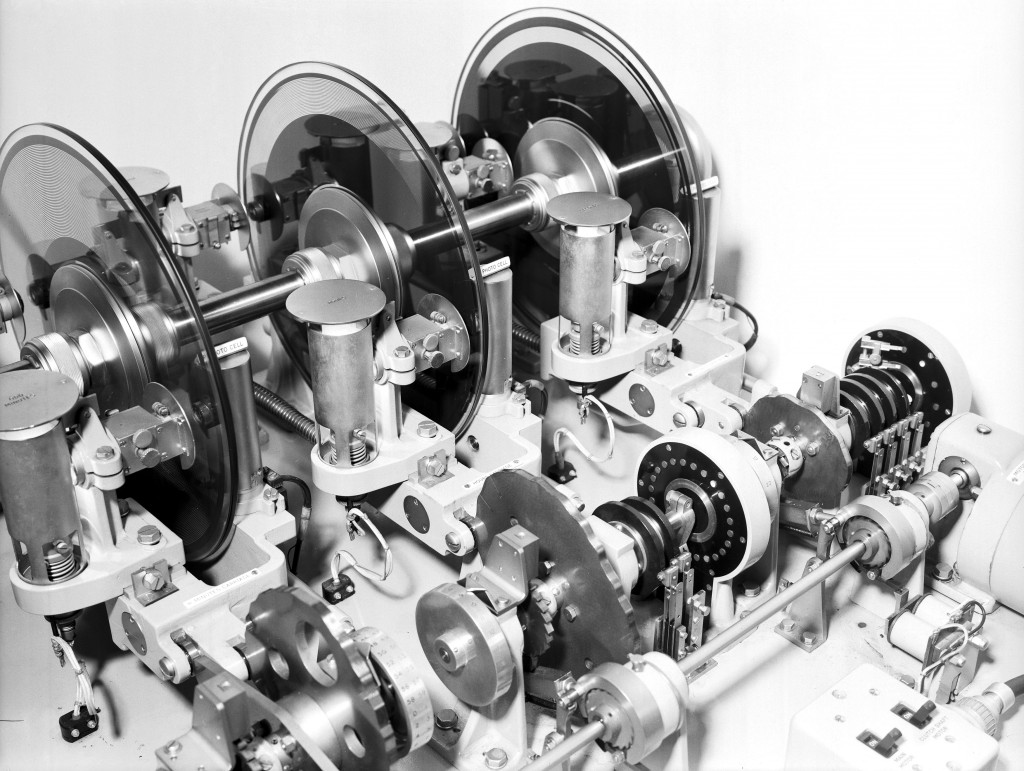The Clockmakers’ Museum is home to so many wonderful clocks and watches it is hard to know where to look next. But tucked away in one of the showcases is a very modest-looking pocket watch in a plain silver case which appears fairly unremarkable, and would be easy to miss.

Yet it tells a story very close to my heart—the story of Ruth Belville, the so-called ‘Greenwich Time Lady’, whose biography I wrote in 2008.
The pocket watch on show in the Clockmakers’ Museum was originally the property of John Belville, a senior astronomer at the Royal Observatory Greenwich, who used it between 1836 and his death twenty years later to carry accurate Greenwich Time round a network of subscribers across London, each paying an annual fee for a weekly visit from the watch.
In 1836, there was no better way to get the right time in Central London. There were no radio ‘pips’, no telephones, and no electric telegraph time signals.
John Belville’s pocket watch was the state of the art, providing time to an accuracy of a tenth of a second.
The story could have ended with John Belville’s death in 1856. By that time, time signals by telegraph had begun to take off, eventually providing accurate time to anybody with the right equipment.
Yet many of John’s subscribers were keen to continue with the technology they knew and trusted. They petitioned his widow, Maria, to take over his business, which she was happy to do.
Maria Belville carried the same watch around the streets of London for a further 36 years until 1892, when she decided enough was enough and retired.
Again, the service could have ended there. By that time, telegraph time was an established technology, with commercial firms such as the Standard Time Company competing with the Post Office telegraph time service for custom. But the electric telegraph, whilst more modern, was not as accurate as the old pocket watch, nor as reliable.
In my research I found countless written complaints about the Post Office time service. It seems they had a lot of trouble keeping their lines in order, whereas Maria Belville turned up every week, as regular as clockwork. So, when she retired, many of her subscribers asked her daughter, Ruth, to step into the family business.

And here’s the most surprising part of the story.
Ruth Belville carried the same eighteenth-century pocket watch, which she called ‘Arnold’ after its maker, around London each week for a further 48 years.
She finally retired in 1940, aged 86, when the Second World War made it impossible to continue walking the streets safely.
During Ruth’s reign, we entered the radio age, with the BBC broadcasting the pips and the sound of Big Ben from 1924. The electric telegraph extended its reach and its reliability.
Yet there was still a market for the older technology of the pocket watch and the handbag.
New technologies do not simply replace older ones. They co-exist, usually for a lot longer than we might assume. Stuff endures.
But the writing was on the wall from 1936, when the telephone speaking clock—known as ‘Tim’, short for ‘time’—began giving its subscribers the time on the third stroke—precisely.
There was some irony in the fact that Ethel Cain, the voice of the clock, lived round the corner from Ruth Belville on the outskirts of Croydon.

Ruth felt a sense of melancholy at the arrival of this new upstart, and realised her own time was running out. She once said that she found ‘Tim’ a vulgar name. She died in 1943, three years after retiring. Her trusty pocket watch was by her bedside. The News of the World reported her passing with an article entitled ‘Human “TIM” Found Dead’.
It was the end of a remarkable 104-year-long chapter in the history of time distribution, and of technology in general.
But before she died, Ruth had made provisions for Arnold. The Clockmakers’ Company had granted her a pension in her final years, in gratitude for her tireless work in keeping them on time for so long. She repaid them by donating Arnold to their museum.
This modest-looking pocket watch is now tucked into one of the showcases in the new Clockmakers’ Museum at the Science Museum. I hope you’ll have a chance to see it there soon.
